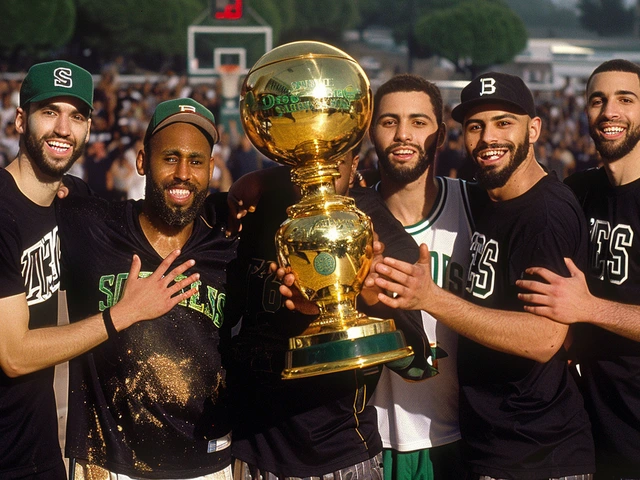TV Channels: Your Go‑to Guide for Today’s Broadcast Landscape
When you hear the term TV channels, the scheduled television outlets that deliver news, sport, entertainment and more via over‑the‑air, cable or satellite signals. Also known as television stations, they are the core of traditional visual media. TV channels reach millions daily, shaping how we consume stories from around the world.
One key player in that ecosystem is broadcasting, the technical process of transmitting audio‑visual content through radio waves, fiber or satellite links. Broadcasting supplies the signal that lets a channel appear on your screen, whether you’re using an antenna, a cable box or a satellite dish. Without reliable broadcasting infrastructure, even the most popular channel would stay silent.
But the rise of streaming platforms, internet‑based services that deliver live or on‑demand video directly to devices has reshaped how TV channels distribute content. Many traditional networks now simulcast their shows on platforms like Hulu Live, Peacock or YouTube TV, blurring the line between linear TV and on‑demand streaming. This relationship means viewers can watch a channel’s schedule on a smart TV, a phone, or a laptop, all in real time.
How Sports Networks and News Channels Fit In
Within the broader TV channel family, sports networks, specialized channels that focus on live matches, analysis and sports‑related entertainment play a massive role. They depend on both robust broadcasting for live events and streaming platforms for global reach. Think of the excitement when a Premier League match airs on Sky Sports, then instantly appears on a streaming app for fans abroad.
Meanwhile, news channels, dedicated outlets that provide up‑to‑the‑minute coverage of politics, economics and breaking events rely on quick signal delivery and digital distribution to stay relevant. The 24‑hour news cycle means a channel must push updates through broadcasting towers, satellite feeds and online streams simultaneously, ensuring that a breaking story reaches every audience segment.
Both sports networks and news channels illustrate the semantic triple: TV channels require broadcasting for signal transmission, benefit from streaming platforms for wider access, and shape viewer habits across demographics. This interplay creates a dynamic where traditional linear schedules coexist with on‑demand libraries, giving audiences flexibility without losing the shared experience of live TV.
Beyond the big players, niche channels—whether focused on cooking, documentaries or regional culture—use the same infrastructure. They often partner with streaming services to reach pockets of viewers who don’t have cable. The result is a richer, more diversified TV channel landscape that serves both mass audiences and specialized interests.
Understanding these relationships helps you navigate what’s on offer. Whether you’re hunting the next big match, needing reliable news updates, or simply curious about how a channel gets from the studio to your living room, the core components remain broadcasting, streaming, and targeted content. Below you’ll find a curated collection of recent stories that touch on these themes, from World Cup qualifiers on TV to the latest moves in sports broadcasting rights.
Ready to see how these concepts play out in real headlines? Dive into the posts below for fresh takes on qualifiers, channel launches, and the tech that powers today’s TV viewing experience.




